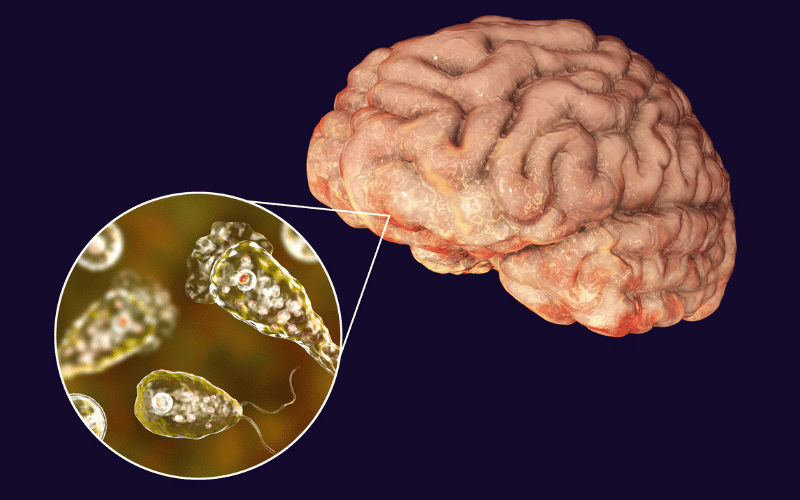Introduction: Understanding Herpesviral Encephalitis

Herpesviral Encephalitis, commonly known as Herpes Simplex Encephalitis (HSE), is a life-threatening yet surprisingly understudied medical condition. Gaining a solid understanding of this disease is not only paramount for those directly affected but also for the wider public, medical professionals, and researchers. It is a subject that touches on virology, neurology, and public health in equal measure.
As we delve into the complexities of HSE, this article aims to shed light on this obscure yet important health concern. In the course of our discussion, we explore 15 pivotal facts about HSE, breaking the subject down into digestible, detailed, and insightful sections. Each fact carries significant weight, and collectively they serve to create an enriched understanding of HSE – its causes, symptoms, diagnosis, treatment, and prevention.
Fact 1: The Nature of Herpesviral Encephalitis

Herpesviral Encephalitis, known in medical parlance as HSE, is a serious viral infection. It targets the central nervous system, more specifically, the brain. It’s an insidious invader, creeping up on unsuspecting individuals and laying siege to one of the most critical organs in the human body.
The inflammation it causes, referred to medically as encephalitis, is not to be taken lightly. Encephalitis is a serious condition, one that can result in a host of neurological issues, from seizures and hallucinations to memory problems and even coma.
The primary instigator of HSE is the herpes simplex virus, a pathogen that’s more commonly associated with relatively innocuous conditions such as cold sores and genital herpes. However, when it invades the brain, it becomes a dangerous adversary, one capable of wreaking havoc on the body’s neurological systems. (1)